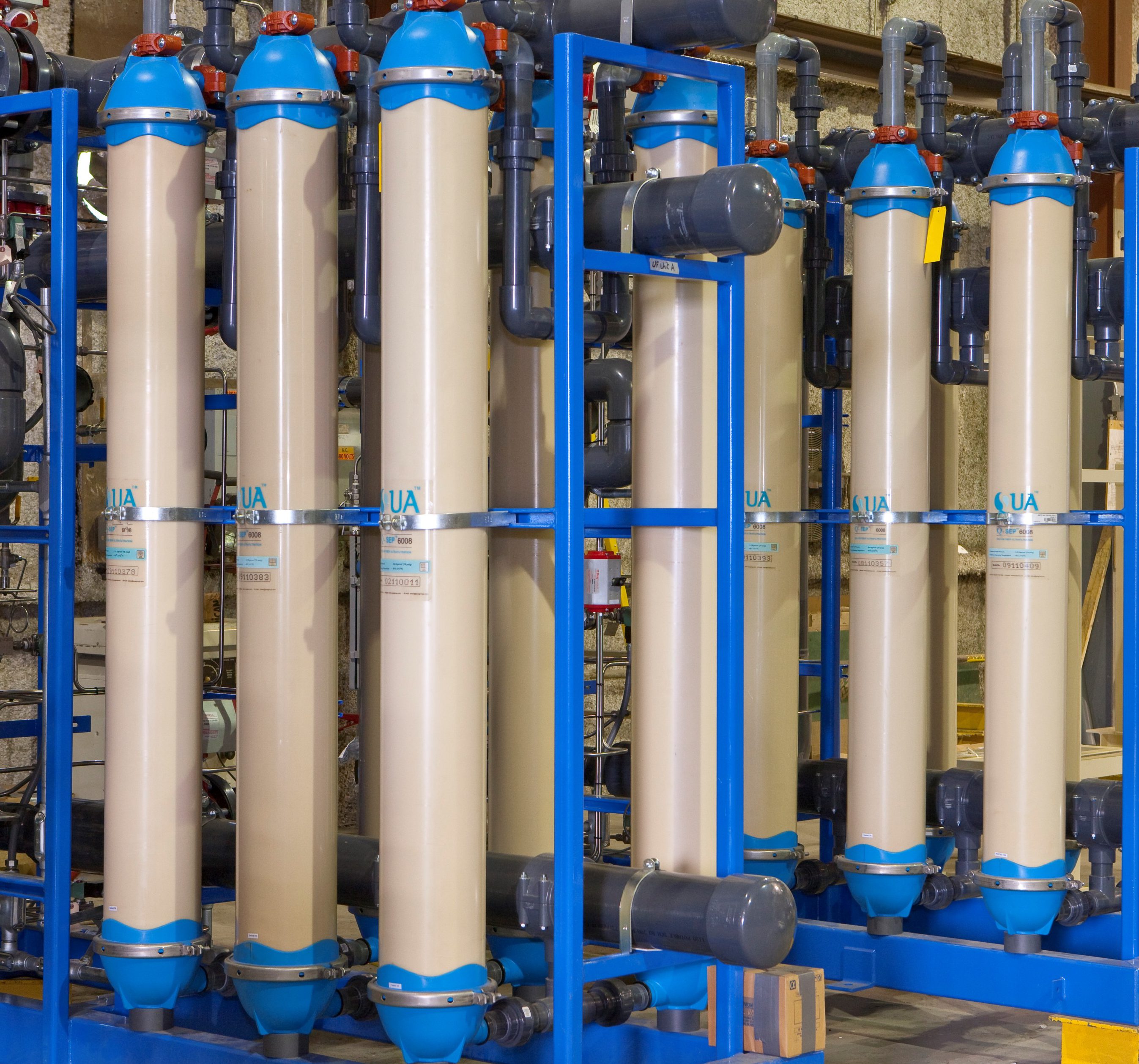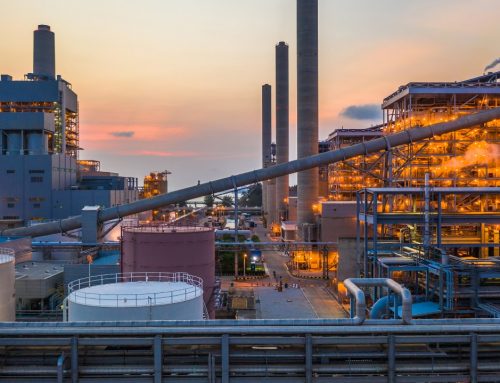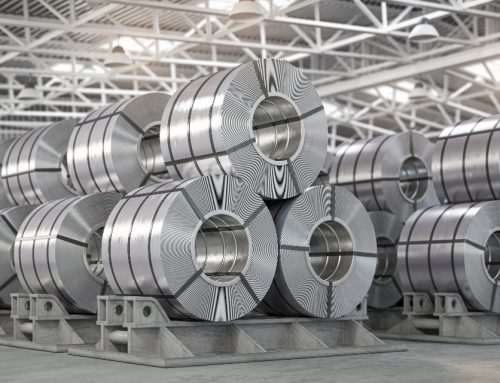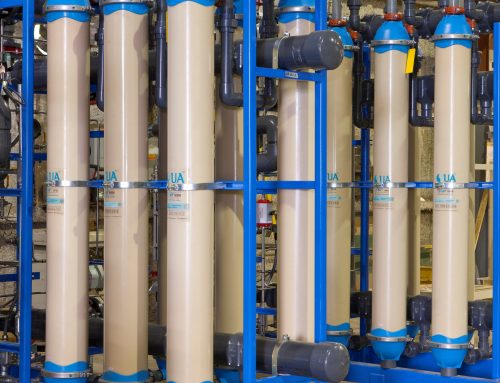Project Description
Project Overview
Q-SEP Model: Q-SEP® 6008
Total Q-SEP Membranes: 170
Permeate Flow: 510 m3/hr
Application: Seawater Treatment
The Challenge
The client encountered issues with the ultrafiltration membrane system soon after initial installation.
Textile wastewaters are characterized by extreme fluctu-ations in many parameters such as BOD, COD, pH, color and salinity. At Jayshree Textiles, the UF feed water – sec-ondary treated effluent – had higher than expected BOD and COD, with BOD in the range of 50-150 ppm and COD in the range of 400-700 ppm. The UF membranes installed were not able to perform under the load of such harsh waters. They began foul-ing quickly and the SDI started rising beyond 5 from the third month following commissioning onwards. Fre-quent cleaning of the UF and RO systems was required, resulting in increased downtimes. The membranes were unable to adequately treat the water and meet the ex-pected performance criteria.
The situation deteriorated to such an extent that CIP was being done every other day resulting in a drop in per-meate flow to as low as 6-7 m3/hr and a rise in turbidity and SDI at the outlet. Jayshree was extremely dissatisfied with the performance of the membranes and the sup-port they were getting from the supplier, so they decided to explore other UF options to solve the problem.
QUA Solution
The client found QUA Q-SEP® hollow fiber UF membranes to be the most suitable and robust solution for their polluted effluent. Q-SEP, with its Cloud Point Precipitation technology, ensures a high pore density along the length of the fiber and a uniform narrow pore size distribution in the membrane, and has proven to be extremely effective with challenging effluents and with achieving the desired SDI.
Q-SEP’s narrow pore size distribution allows the membrane to produce water with a low silt density index (SDI). The lower product SDI leads to less frequent and easier cleaning of downstream RO membranes.
The feed water COD to the Q-SEP membranes has been constantly high over the 2 years, in the range of 400 ppm to 770 ppm. Despite this, the permeate flow of the UF system has been consistently maintained at 12 m3/hr on a day to day basis without any loss in gross output, and the cross flow rate has been consistently maintained. Chemically Enhanced Backwash is effective at helping maintain the transmembrane pressure within range. The product water turbidity has been consistently less than 0.1 NTU on all days and SDI has been less than 3 since Q-SEP has been in operation. This superior water quality effectively meets the RO membrane inlet requirement with a low operating cost. Q-SEP Ultrafiltration allows Jayshree to have a successful, long-term solution for their textile process water.





